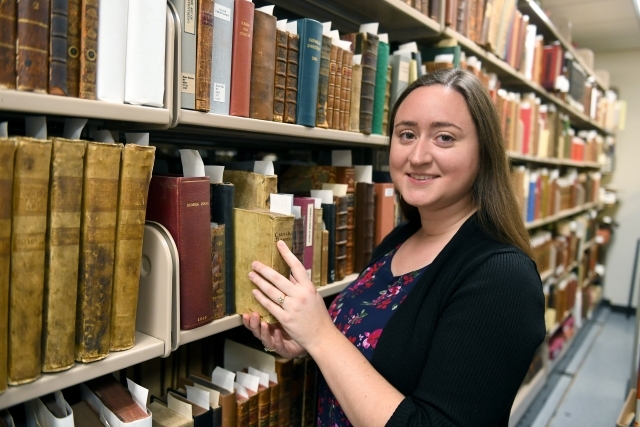
Interim University Archivist Alyse Hennig ’11MLS, ’16G
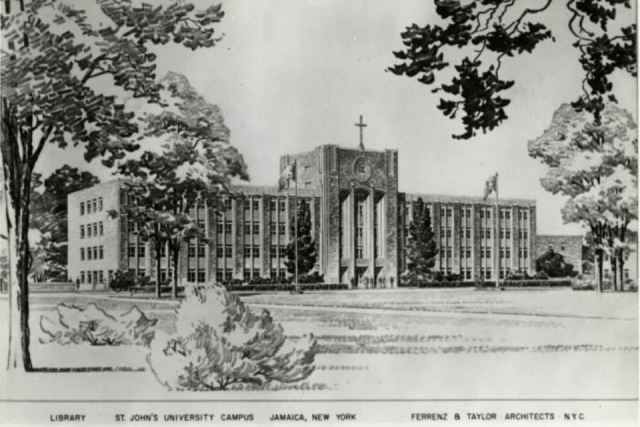
Architectural drawing of St. Augustine Hall, circa 1962
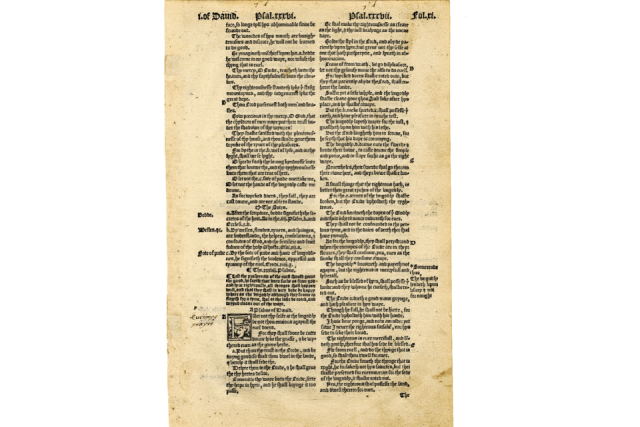
The second version of the English Bible, edited by John Rogers, who wrote under the pseudonym of Thomas Matthew (1549)
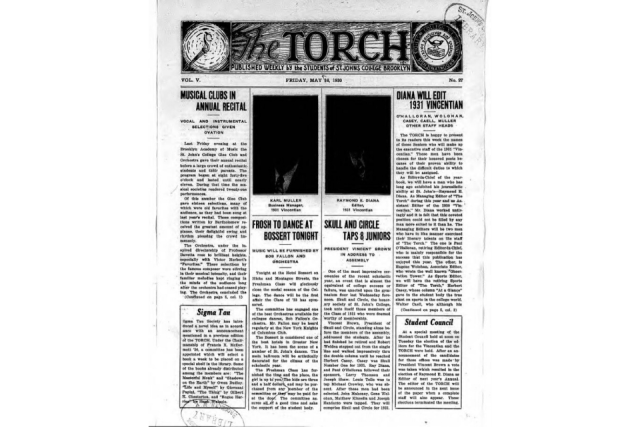
A 1930 sample of The Torch, first published by the students of St. John's College, Brooklyn in 1925.
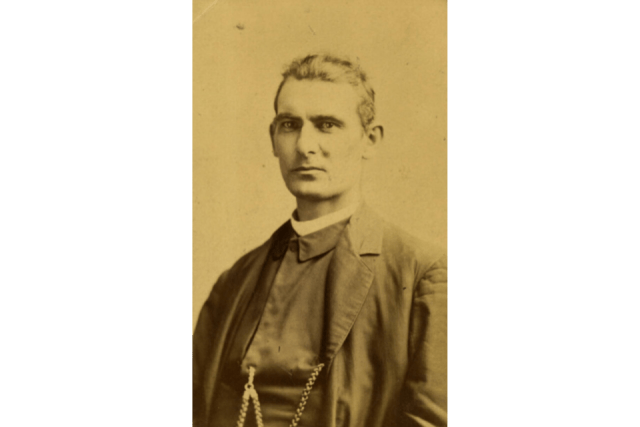
The Reverend John T. Landry, C.M. (1839-1899) served as the 1st President of St. John's University from 1870 to 1875.
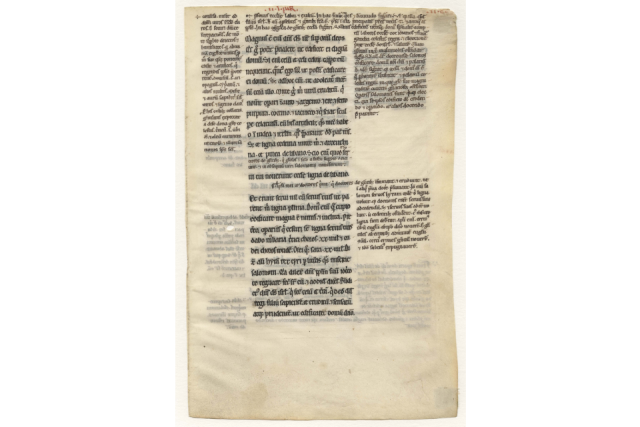
Vulgate Version of the Bible (1115)
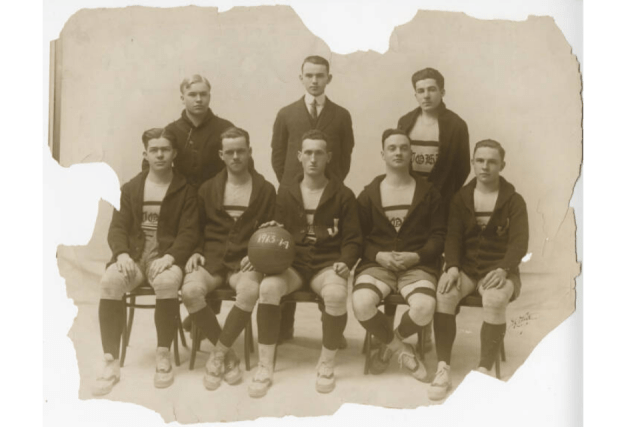
St. John's College Basketball Team, 1913-1914







With preparations underway to observe St. John’s University’s 150th anniversary celebration beginning in September, the University reflects on its special place in the rich fabric of metropolitan New York and beyond.
Over the last century and a half, St. John’s established a proud history marked by many significant moments, beginning with its founding in Brooklyn in 1870; breaking ground on the Queens, NY, campus in 1954; and the opening of satellite and global campuses, among many others. The University Archives serve as a repository for every aspect of the proud history of St. John’s.
Organizing, cataloging, and preserving that history is the purview of interim University Archivist Alyse Hennig ’11MLS, ’16G. Ms. Hennig came to St. John’s as a Graduate Assistant in University Libraries while earning her Master of Science degree in Library and Information Science.
“I studied anthropology, and I like history, reading, and learning about other cultures,” she recently recalled. “People would often remark that I should become a librarian.”
When Ms. Hennig realized the scope of librarianship—organizing collections, aiding in research, and preserving material for future generations—she felt a strong connection to it and applied to the program at St. John’s. “I was fortunate enough to obtain a graduate assistantship in the library, which included the archives,” she said. In 2012, she joined the University Libraries staff as an Assistant Archivist and now serves as interim University Archivist. She is based on the Queens campus; the archive is located in the basement level of St. Augustine Hall.
While the main task of the University Archives staff is to collect, preserve, and make available for research the recorded history of the institution, Ms. Hennig sees a larger purpose in their work. “Beyond academic and business functions, we communicate the history of St. John’s,” she stressed. “What is our story? Who are we? Where did we come from, and where are we going?”
The University Archives include a vast array of materials that one might expect, including yearbooks, newsletters, programs, photos, manuscripts, films, and videotapes. The archives also house material donated to the University, such as a late 15th-century bible printed in Venice, Italy.
The bible is considered an incunable—a book printed in Europe before 1501. Ms. Hennig added that St. John’s has three such books in its archive. While its exact provenance cannot be determined, it is an important historical artifact.
“We can hypothesize about its journey to us,” she noted. “It is entirely appropriate for a Catholic university to house such an item.” She added that the archives house a document written by Thomas Jefferson.
Some other unique items housed in the archives include ceremonial shovels used to break ground on new buildings and beanies distributed during orientation beginning in the 1920s and worn for decades by St. John’s first-year students. “Many students do not even know what a beanie is,” she noted, adding that one was donated by an alumnus, and another was found in pristine condition in an original orientation packet.
Ms. Hennig said anyone both within and outside the University community is welcome to make use of the University Archives for research purposes, and she often schedules appointments for students and faculty. “Our role is to serve the University,” she explained. “We fact check. We pull records so someone can see when a program was created or when someone graduated.”
On the academic side, Ms. Hennig helps people research and properly analyze a document. “We want people to actually use the materials, as long as the proper protocols are in place to make sure that they are preserved for future generations,” she said.
Technology has been a wonderful asset for both preservation and dissemination, Ms. Hennig observed. The archives staff has spent many hours scanning original materials for placement on the web and making them text searchable. She noted that with the advent of technology there are exponentially more items to be archived, including emails, social media posts, Microsoft Word documents, PDFs, JPEGs, MP3 files, and a great deal more. In the digital age, the University’s history can be catalogued in hours and minutes, instead of months and years.
Ms. Hennig never has a “typical” day. “Sometimes we help a patron with a research question. We might process a collection and create a finding aid for it on the website. We might digitize materials or work on a preservation project.”
Initially, Ms. Hennig was hired at St. John’s working part-time at the Kathryn and Shelby Cullom Davis Library at St. John’s University’s Maurice R. Greenberg School of Risk Management, Insurance and Actuarial Science. The collection comprises the world’s largest collection of risk and insurance literature, policies, and related documents.
“That is an amazing library and archive,” she stressed, noting the uniqueness of a collection focused on a specific topic. “They never had an archivist before, so on day one, I had a 100-plus year backlog of archival material. It is a really fabulous collection.”
Last year, she helped graduate students curate an exhibition of World War II propaganda posters which had been found in the University’s archive. “It is not just about collecting and organizing these materials and artifacts—it is about communicating our mission and values as an institution and determining how we can use them to make our community ties stronger.”
For more information about St. John’s University’s Archives, please visit www.stjohns.edu/archives-and-special-collections.
